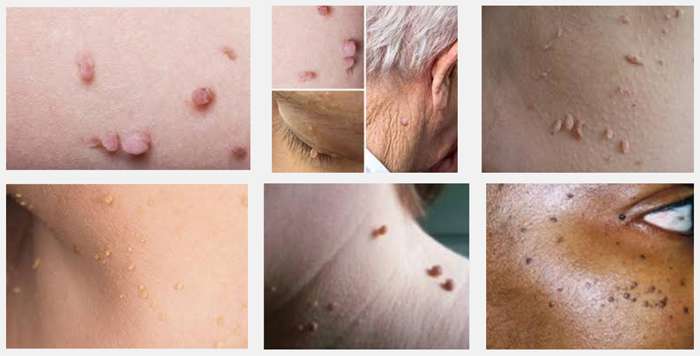Tamra Judge’s Black Smocked Top
Tamra Judge’s Black Smocked Top
Real Housewives of Orange County Instagram Fashion
Tamra Judge, queen of finding the cutest tops to pair with a skinny pant, has graced us with two great, affordable tops on her Instagram over the past two weeks. And if her black smocked top looks familiar it’s because she’s also worn it in pink!
When I find a piece I like I will totally buy it in different colors whether it’s my fave swimsuit or a cute summer dress. And since this top also comes in comes in blue, I have a feeling Tamra might just scoop it up and make it a threesome. But since she does live in the OC I suggest she doesn’t hit up the 3rd version after a drunken night because it might end up as next season’s storyline (yes, we are willing her back on the show).
The Realest Housewife,
Big Blonde Hair
Also Seen on Tamra in Pink:
Click Here to Shop her Topshop Top
Originally posted at: Tamra Judge’s Black Smocked Top
Read More





 Source: Instagram
Source: Instagram






